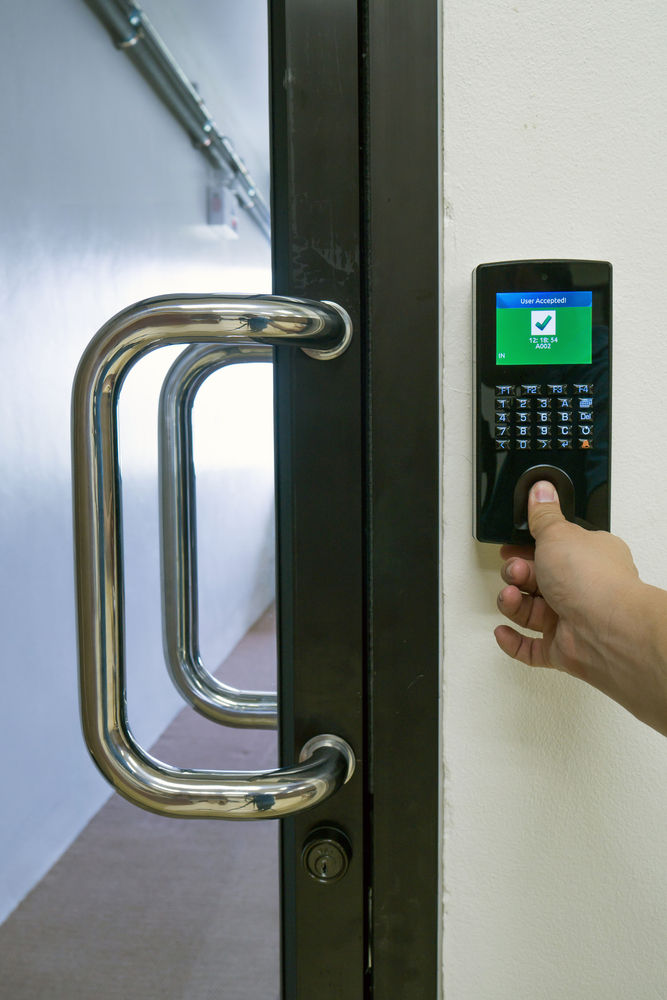Proximity Time Clocks: Revolutionizing Employee Time Management
- Amelie Lawrence
- May 12, 2023
- 4 min read
Updated: Sep 19, 2024
1. Introduction-
Managing employee time and attendance is a critical aspect of any business, regardless of size or industry. With advances in technology, traditional punch card systems and manual timesheets are quickly becoming obsolete. In their place, proximity time clocks are revolutionizing the way businesses handle employee time management. This article will explore what proximity time clocks are, their benefits, how they compare to other time clock systems, and how to choose the right one for your business.
2. What are Proximity Time Clocks?
Proximity time clocks are a type of time and attendance system that uses radio frequency identification (RFID) technology. Employees are provided with proximity cards or key fobs, which they simply hold near the time clock to clock in and out. The time clock reads the unique identification number on the card or fob and records the employee's time and attendance data. This information can then be transferred to time tracking software for payroll processing and other management purposes.
3. Benefits of Proximity Time Clocks-
There are several advantages to using proximity time clocks in your business, including:
- Improved Accuracy: Proximity time clocks eliminate the risk of human error associated with manual timekeeping methods. Employees simply hold their card or fob near the clock, ensuring that their time is recorded accurately and consistently.
- Enhanced Security: Unlike traditional time clocks, proximity time clocks require employees to use their unique identification card or fob to clock in and out. This prevents unauthorized individuals from clocking in or out on behalf of others, known as "buddy punching."
- Increased Efficiency: Proximity time clocks streamline the timekeeping process, reducing the time employees spend clocking in and out. This can lead to increased productivity and workplace efficiency.
- Reduced Time Theft: With proximity time clocks, employees cannot manipulate their hours or engage in time theft, as the system accurately records their time based on their unique identification number.
- Simplified Data Management: Proximity time clocks make it easy to collect and manage employee time and attendance data. This information can be seamlessly integrated with time tracking software, simplifying payroll processing and other management tasks.
4. Proximity Time Clocks vs. Traditional Time Clocks-
Compared to traditional punch card systems and manual timesheets, proximity time clocks offer several advantages:
- Greater accuracy in recording employee time and attendance
- Enhanced security through the use of unique identification numbers
- Faster and more efficient clocking in and out process
- Reduced risk of time theft and buddy punching
- Simplified data management and integration with time tracking software
5. Proximity Time Clocks vs. Biometric Time Clocks-
While proximity time clocks offer many benefits, they are not the only advanced timekeeping solution available. Biometric time clocks, which use fingerprint or facial recognition technology, are another popular option. Both systems offer improved accuracy, security, and efficiency compared to traditional time clocks. However, there are some differences to consider:
- Cost: Biometric time clocks tend to be more expensive than proximity time clocks, both in terms of initial investment and ongoing maintenance.
- Privacy Concerns: Some employees may be uncomfortable with the use of biometric data for timekeeping purposes, raising privacy concerns that may not be present with proximity time clocks.
- Ease of Use: Proximity time clocks require employees to simply hold their card or fob near the clock, while biometric time clocks may require more time and effort to clock in and out.
6. How to Choose the Right Proximity Time Clock System?
When selecting a proximity time clock system for your business, consider the following factors:
- Compatibility: Ensure that the system is compatible with your existing time tracking software and payroll processing system.
- Scalability: Choose a system that can grow with your business, allowing for easy expansion as your workforce increases in size.
- Customization: Look for a system that offers customizable features, such as the ability to set different access levels for employees and managers.
- Support: Opt for a system with a strong support network, including customer service, technical support, and training resources.
7. Integrating Proximity Time Clocks with Time Tracking Software-
To maximize the benefits of your proximity time clock system, it's essential to integrate it with time tracking software. This allows you to easily manage employee time and attendance data, streamline payroll processing, and gain valuable insights into workforce trends and productivity. When selecting time tracking software, look for a solution that offers:
- Seamless integration with your proximity time clock system
- Customizable reporting and analytics tools
- User-friendly interface for employees and managers
- Compliance with relevant labor laws and regulations
- Scalability to grow with your business
8. Conclusion-
Proximity time clocks are a powerful tool for businesses looking to improve employee time management and streamline their timekeeping processes. By offering increased accuracy, security, and efficiency, these systems can help you save time, reduce labor costs, and boost productivity. By carefully selecting the right system and integrating it with time tracking software, you can revolutionize the way your business manages employee time and attendance.







Comments